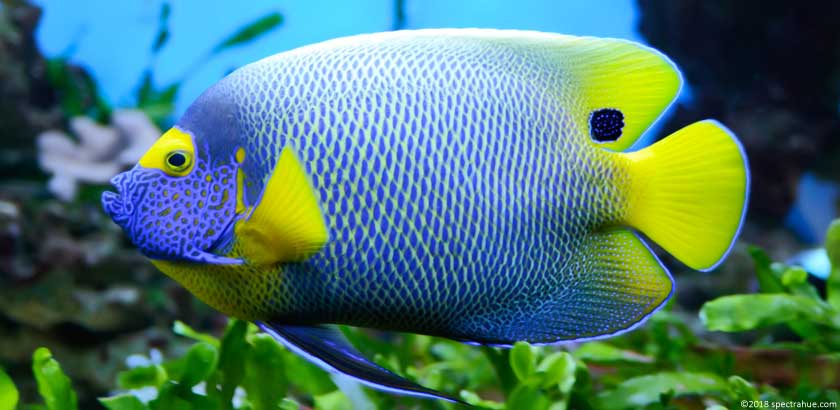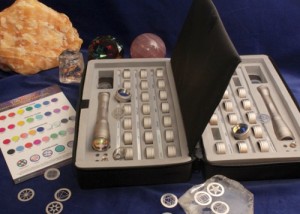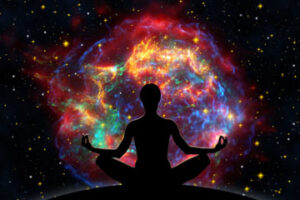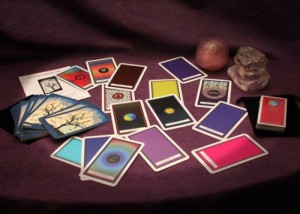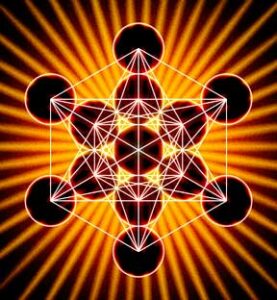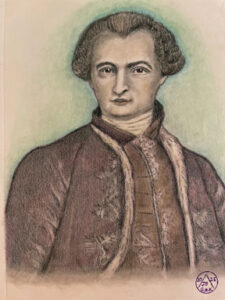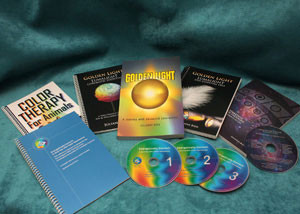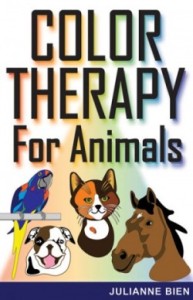In the northern hemisphere, delicate yellow daffodils grace the Spring season, when everything bursts into life. Then, magnificent yellow-orange sunflowers fill the fields. Finally, the crispy golden leaves of autumn paint a breathtaking picture.
It’s the optimistic yellow brick road adventure;
and the pot of gold promised at the rainbow’s end.
Meanwhile, honeybees and other yellow jacket pollinators buzz about busily, and the American Goldfinch rests in a tree, pondering its long journey to Mexico.
Discover more: An enlightening journey in the Wizard of OZ.
Let’s take a stroll along an enlightening yellow path.
![]()
#1. Yellow reflects life’s sunny side.
 Yellow, a color that demands our attention, is deeply ingrained in our lives. It heightens our senses, brings clarity to our thoughts, sparks our creativity, and propels us into action, making it a color of profound significance.
Yellow, a color that demands our attention, is deeply ingrained in our lives. It heightens our senses, brings clarity to our thoughts, sparks our creativity, and propels us into action, making it a color of profound significance.
This sunny shade symbolizes divinity, wisdom, and spring rejuvenation. Moreover, it has added zest to our foods and enriched spices like turmeric, cardamom, mustard seed, and cumin.
The darker tones of nutmeg and cinnamon also have anti-inflammatory and other beneficial health effects. For example, the color particles of turmeric improved the coloring process of the robes of popes, monks, and emperors.
Artists used pigment extracted from yellow ochre to depict golden halos of saints and the faces of Egyptian gods.
Unsurprisingly, there have been intuitive strokes of genius that denote the yellow-ray throughout history.
Learn more: The art of chromotherapy and reflexology.
![]()
#2. Yellow is like an alchemical symphony.
 To start, chlorophyll, the pigment in green leaves (a mix of blue and yellow), absorbs sunlight energy and changes carbon dioxide and water into carbohydrates for food.
To start, chlorophyll, the pigment in green leaves (a mix of blue and yellow), absorbs sunlight energy and changes carbon dioxide and water into carbohydrates for food.
Unsurprisingly, some plants and even microorganisms have “carotenoids.” These yellow pigments act like nature’s sunscreen to prevent damage from excessive sun. But there’s more:
- Carotenoids are responsible for yellow fruits, vegetables, and flowers.
- The yellow plumage and scales of some birds and fish are partly due to the pigments in their food.
- Even in the ocean, where the deep blue water filters sunlight, many aquatic creatures display yellow.
In its unique way, Yellow fosters a deep bond between us and the natural world. It plays a crucial role in “chemical bioluminescence,” as seen by the glowing yellow ring on a female octopod.
This breathtaking wonder invites us to ponder the possibility of the Earth’s core, a place hotter than our sun, potentially illuminating our world from within.
Nature’s “factory” uses its light pigments for its photosynthesis.
The rest lies in our perception of its subtle messages.
![]()
#3. Yellow inspires innovative pioneers.

In her groundbreaking book Notes on Nursing, published in the 1860s, the visionary British nurse Florence Nightingale made a profound observation: We know little about how form, color, and light affect us physically.
However, she also discovered something remarkable-direct exposure to sunlight can produce therapeutic benefits, such as the potential to cure jaundiced infants.
Likewise, in esoteric philosophy, a belief system that delves into reality’s inner, spiritual, or mystical aspects, blue is not just any color-it is the sun’s true and sacred hue. The golden orange-yellow shade we often associate with the sun may result from its rays filtering through our atmosphere.
This perspective suggests that as we perceive it, yellow perhaps manifests a spiritual essence in the sun’s rays.
We thank Florence, “the lady with the lamp,”
She influenced modern-day practices as a color therapist.
Learn more: Light, sound, and vibrational energy.
![]()
#4. Yellow has subliminal persuasion.

To conclude, let’s delve into the fascinating world of color branding, an industry that harnesses the power of colors to evoke specific emotions and shape consumer behavior.
It’s fascinating how the subtle light vibrations of colors trigger our innate responses, often in ways we’re oblivious to. Take yellow, for instance, a color that can stimulate our appetite. For instance, restaurant and food branding, as well as retail products, extensively use red, orange, and yellow.
Now, we all know that “gut feeling” instinct, right? It’s a familiar “intuitive hit” that makes you suspect that the bright yellow pear next to the paler organic one has been color–treated.
Furthermore, bright colors such as yellow evoke feelings of safety, freshness, and healing. They can help harmonize and invigorate the solar plexus, the third chakra located in the auric field. This chakra is related to personal power, self-confidence, and digestion, so it is logical that yellow, a sunny color, is associated with this energy center.
In summary, branding often introduces a specific shade or tone of color to deepen our understanding. Each has its unique significance and the potential to prompt a ‘call to action’ through our perception. It’s no wonder that this is a vast and intricate field.
Ever felt hungry after seeing the golden arches in an airport?
A caffeine craving by a logo color of un-roasted coffee beans?
Here are the links on our journey: Light in Time, Red, Orange, Yellow, Green, Sky Blue, Indigo Blue, Violet, and Pink/Magenta.
Read more: The next stop on our journey is Green.
![]()
© 2018 Julianne Bien for Spectrahue Light & Sound Inc. All rights reserved. No medical claims are made or implied. The opinions expressed are based solely on the author’s viewpoint and studies. This material is for informational purposes only.

